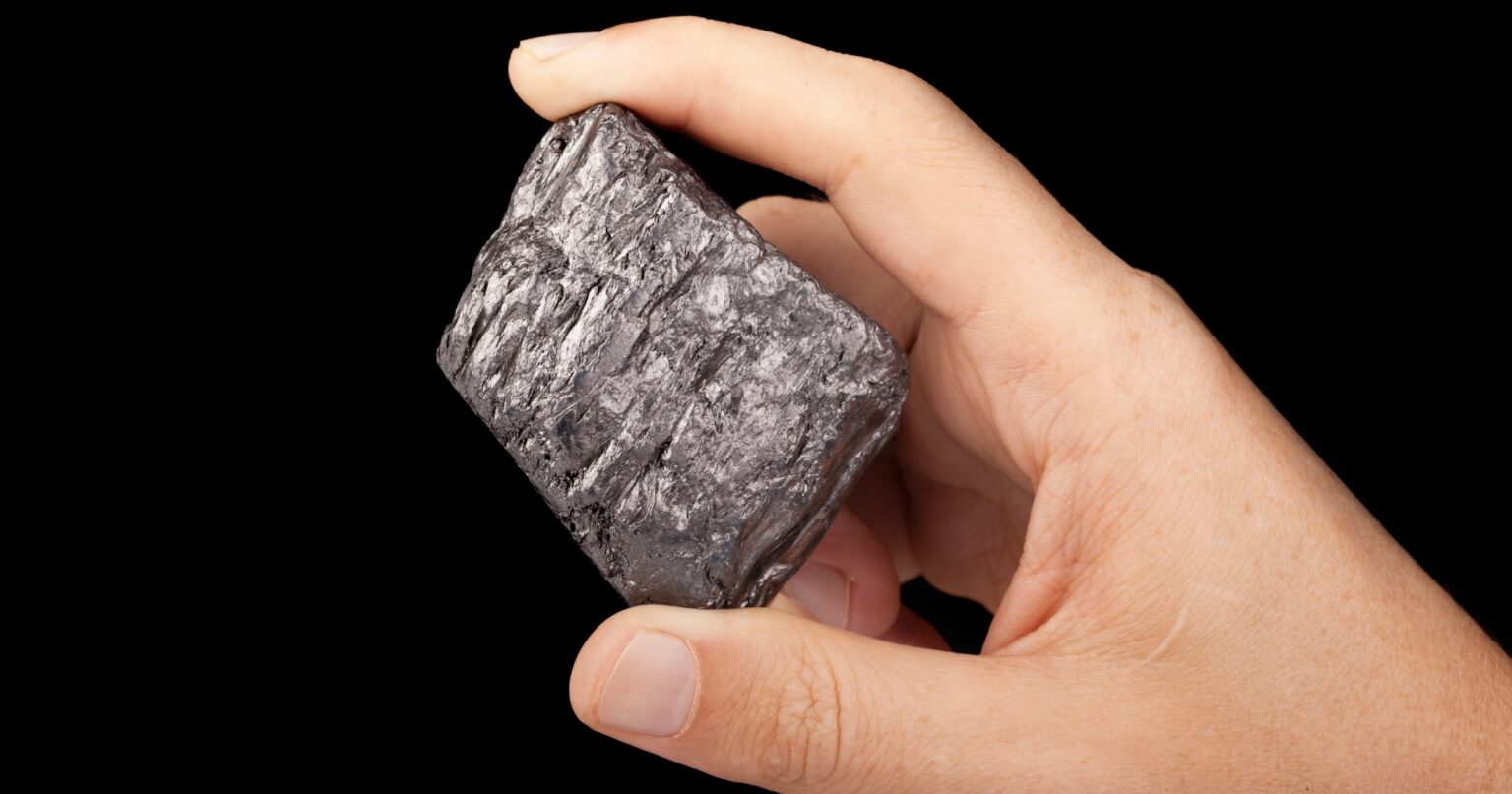Graphite’s pivotal role in the battery market is steadily garnering attention due to its intrinsic chemical properties and market dynamics. As battery demand globally nears 1.1 to 1.2 terawatt-hours by 2024, the implications for the graphite market are profound, especially within the burgeoning electric vehicle (EV) sector.
In China alone, the EV market conquered a 40% year-over-year sales increase, albeit driven largely by plug-in hybrid vehicles rather than their pure battery electric counterparts. Outside China, particularly in Europe, the cessation of subsidies in countries like Germany dampened battery electric vehicle sales. Meanwhile, the energy storage segment experienced robust growth supported by escalating renewable energy projects and favorable market conditions in the United States.
The battery market is advancing at a more accelerated pace than steel, a key indicator that by the end of 2025, graphite demand from the battery sector will exceed that of the steel industry, affirming graphite’s integral value to both the global automotive and energy storage segments. However, this growth is not without its challenges. Emerging technologies like pure silicon anodes, sodium-ion (Na-ion) batteries, and solid-state batteries pose significant threats to the long-standing reliance on graphite. Despite these innovations, graphite continues to hold a prime position in the supply chain due to its benefits. Silicon, while boasting a higher specific capacity than graphite, faces instability issues during charge cycles. Na-ion technology, driven by safety and cost factors amidst lithium price hikes, emerges as a viable alternative, yet it remains dependent on fluctuating lithium prices.
The tactical positioning of graphite as an energy resource is further complicated by its geopolitical dimensions. With China dominating around 95% of the global supply of graphite anodes and nearly holding the entirety of the world’s graphitisation capacity, dependence on Chinese resources is almost unavoidable for the Western battery industry. This power dynamic prompts Western nations to consider protectionist policies such as tariffs and subsidies to nurture their domestic industries.
The synthetic and natural graphite supply dynamics are predominantly steered by China’s formidable production capacity. In synthetic markets, Chinese producers have managed to reduce costs by optimizing feedstock selection and processing efficiencies, fortifying their substantial market share. This strategy has also led to increased supplier competition within China itself, as numerous tier-2 and tier-3 firms strive for lucrative contracts amid the dominance of key players like BTR, Shanshan, and Putailai. Cost reduction measures include lowering feedstock costs and in-housing graphitization, developments that have strained Western graphite producers who struggle to compete against China’s vertically integrated structures.
The strategic role of oil companies in the graphite value chain presents additional dimensions as these firms leverage their existing assets to produce needle coke—an essential component in synthetic graphite production. Entities like ExxonMobil are actively exploring this opportunity, aligning their operations with broader trends in the battery supply chain. Similarly, national developments such as the Inflation Reduction Act in the United States offer substantial subsidies, which act as a counterbalance against the competitive pricing of Chinese graphite imports and support domestic producers.
Looking ahead, burgeoning opportunities exist for Western stakeholders to recalibrate market strategies, considering innovations in graphitization technology and new partnerships, particularly with graphite electrode manufacturers. While the short-term outlook involves navigating tariff landscapes and geopolitical influences, long-term demand for graphite is poised to rise as global energy transition efforts continue to expand.
